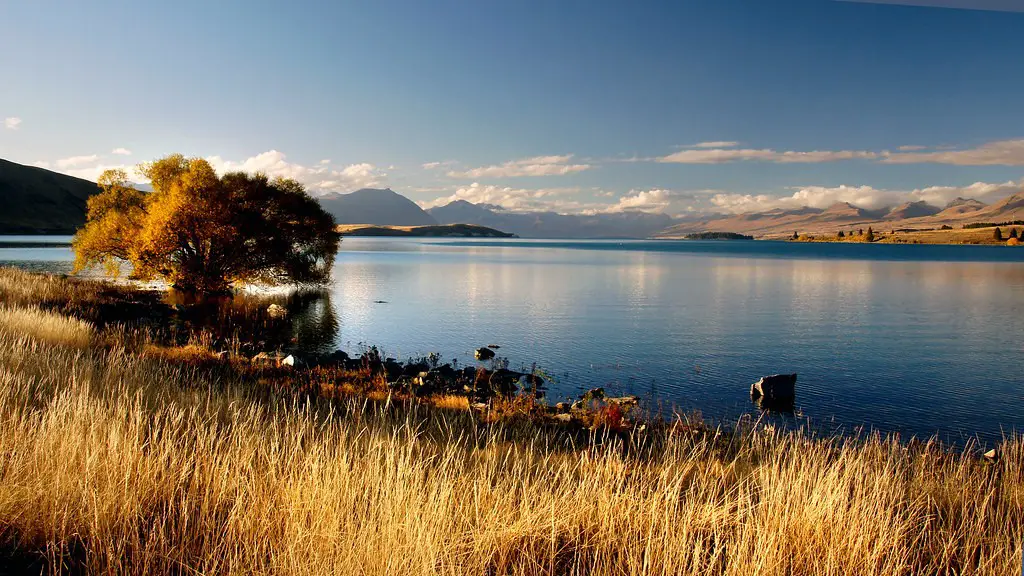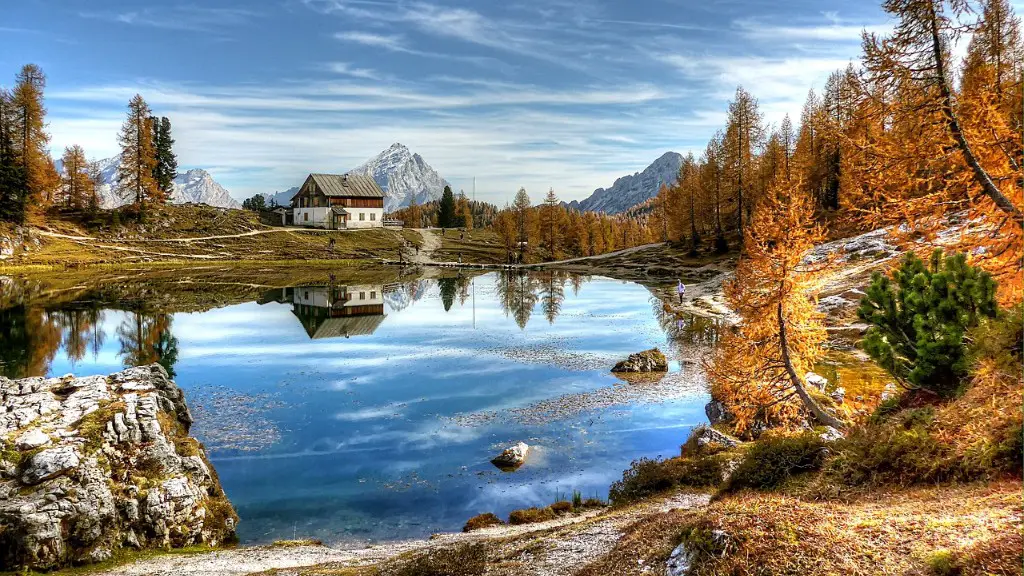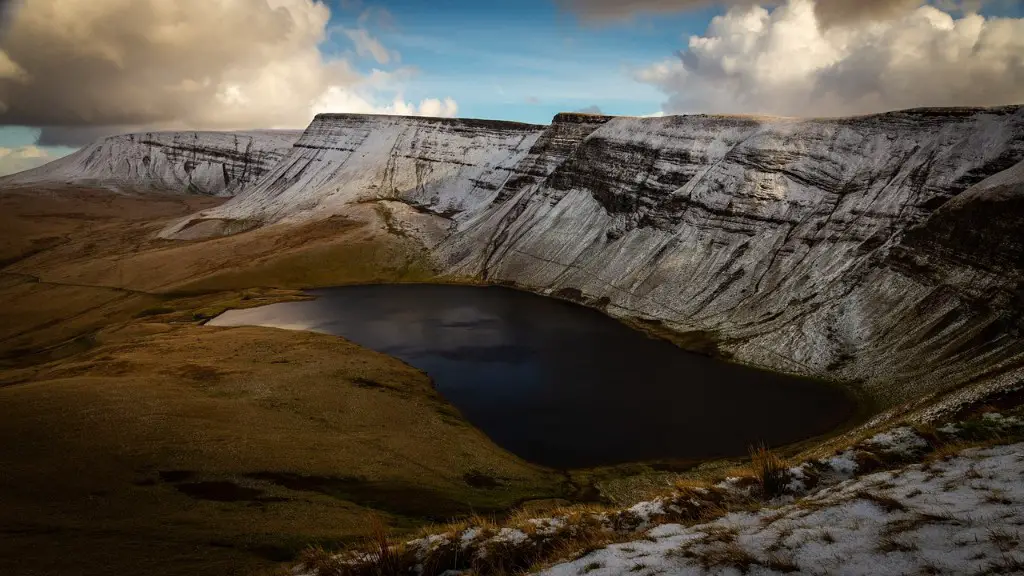Why Is It Called Lake Superior?
Lake Superior is the largest of the Great Lakes and one of the largest freshwater lakes in the world. Located between the United States and Canada, the body of water spans an area of 82,103 km2 (31,700 sq mi). It is known for its rugged shorelines, picturesque views and lush vegetation. But the question remains, why is it called Lake Superior?
To answer this question, we need to delve into the lake’s history and explore how it came to be known by this name. Many historians believe that the name “Superior,” which literally translates to “bigger,” was adopted in the late 18th century, when French explorers first reached the area. The name “Superior” was likely inspired by the lake’s grand size, which exceeds that of all other Great Lakes.
In addition to its impressive size, Lake Superior is also characterized by its unique hydrology. The lake has an average depth of 147 m (482 ft), making it the deepest of all the Great Lakes. It is also the furthest north and coldest of the Great Lakes and contains an impressive assortment of aquatic plants and animals. Many of the species native to Lake Superior are found nowhere else in the world.
Lake Superior is also the cleanest of the Great Lakes. It leads the other bodies of water in terms of water quality and pollution levels, thanks largely to its erosion-resistant bedrock. This allows the lake to better filter and retain pollutants that, in turn, are more likely to be removed by wave action. Combined with its small shoreline population, Lake Superior is one of the most pristine lakes in the world.
In addition to its physical characteristics, Lake Superior has a rich cultural history. For thousands of years, indigenous people, such as the Chippewa, referred to the lake as Gichigami, which roughly translates to “big water.” The lake was a source of spiritual power and a place of incredible natural beauty and bounty. To this day, the people of the region maintain a reverence and appreciation for the lake and its importance to their culture.
Challenges of Lake Superior
Though Lake Superior is a treasured resource, its future is not without challenges. In recent years, it has been impacted by a combination of pollution and other human activities. An influx of invasive species has caused significant disruption to the lake’s native ecosystem. Furthermore, the lake faces an array of water-borne contaminants, including certain types of algae that can be toxic to aquatic life.
These threats to water quality have become an increasing source of concern for the people who live and play around the lake. Many groups, such as the Friends of Lake Superior, have emerged to help protect the lake from further degradation. Their efforts are essential for preserving its health and well-being for years to come.
In addition to the pollution problems, Lake Superior also suffers from a lack of research. Experts note that, though it is the largest and deepest of the Great Lakes, it has been studied the least. This leaves a great deal of the lake’s influences and processes largely unknown. For example, we are not yet aware of how any potential changes in climate or water levels might affect it.
This lack of knowledge makes it difficult to determine how best to protect the lake and its resources. In order to gain a better understanding of Lake Superior and its ecological dynamics, experts must continue to conduct research and collect data. Without this vital step, the long-term sustainability of the lake may be put in jeopardy.
Conservation Efforts
In response to the issues facing Lake Superior, conservationists have pushed for a greater focus on protection efforts. The United States and Canada have put laws in place to prevent further pollution and to reduce the effects of invasive species. These measures are designed to ensure that the lake’s natural beauty will be maintained for generations to come.
Still, many believe that more needs to be done to ensure the lake’s sustainability. One suggestion is to develop a network of protected areas for vulnerable species. These areas could be closed to fishing and other activities that could endanger the lake’s ecosystem. In addition, governments must continue to educate the public about the risks associated with human activities and how we can work together to reduce the risks posed to Lake Superior.
Protection of the Lake
Though the future of Lake Superior may be uncertain, there are many organizations dedicated to its protection. Groups, such as the Friends of Lake Superior, have been advocating for the lake’s preservation since their creation in 1973. They work in collaboration with other environmental groups, such as the Lake Superior Water Trail, to help protect the lake and its resources.
These organizations provide invaluable resources to the people who depend on Lake Superior for their livelihoods and recreation. By engaging the public and raising awareness, these groups help to lay the foundation for the lake’s sustainability.
To further their efforts, the organizations have undertaken campaigns to encourage responsible behavior. They suggest simple practices, such as picking up trash and staying on designated trails, to reduce our impact on the lake and its resources. Though these changes may seem small, they have the potential to have a great effect on the health of the lake.
Economic Benefits
In addition to its ecological importance, Lake Superior puts an estimated $28 billion into the economies of Canada and the United States each year. This is due largely to its resource-rich waters and its potential for recreation.
Lake Superior is home to a wide range of species, including native fish populations and other aquatic life. The lake is also a popular destination for camping, boating, fishing, and other recreational activities. These water-based activities bring people to the area and provide much-needed economic benefit to the local tourism industry.
Though the lake’s future is uncertain, it is clear that it still has many benefits. Its beauty, size, and depths provide a unique, natural resource that has been enjoyed for hundreds years. In order to ensure it remains a treasured part of our environment and economy, we must continue to protect it and its resources.
Protection of Shoreline
Though resources such as the Friends of Lake Superior are working diligently to protect Lake Superior, the lake still faces many threats. One of the most pressing concerns is the degradation and destruction of the lake’s shoreline.
The shoreline of Lake Superior serves as a critical habitat for wildlife and aquatic plants, while also providing recreational opportunities to visitors. Unfortunately, the shoreline is being increasingly threatened by development and shoreline armoring, such as riprap and sea walls. These can fragment habitat and reduce the lake’s ability to buffer against erosion.
In order to ensure the future of this irreplaceable resource, steps must be taken to protect its shoreline. The installation of riprap and other hard structures should only be done on a small scale and in strategic ways. Furthermore, buffering and vegetative measures should be included to ensure that wildlife habitats are maintained.
Economic Impact
In order to protect Lake Superior, leaders must focus not just on ecological concerns, but also on the economic interests of the region. Tourism and recreation are a major economic driver for communities near the lake, bringing substantial financial benefit.
For this reason, it is important to ensure that efforts to protect the lake do not negatively impact these industries. This can be achieved by utilizing best practices that minimize environmental impact while providing ample opportunity for recreation and tourism.
For example, local governments can incentivize low-impact recreation and education programs that promote the appreciation of Lake Superior’s natural beauty. By expanding the lake’s appeal in other ways, it can remain a viable and vibrant resource for generations to come.
Conclusion
Lake Superior is a stunning and valuable resource. Its immense size and pristine waters make it a favored destination for many, while its deep cultural history ties it to many local communities. Unfortunately, the lake’s future is not without risk. But, by protecting its shores and promoting responsible activities, we can ensure the lake’s future for years to come.


